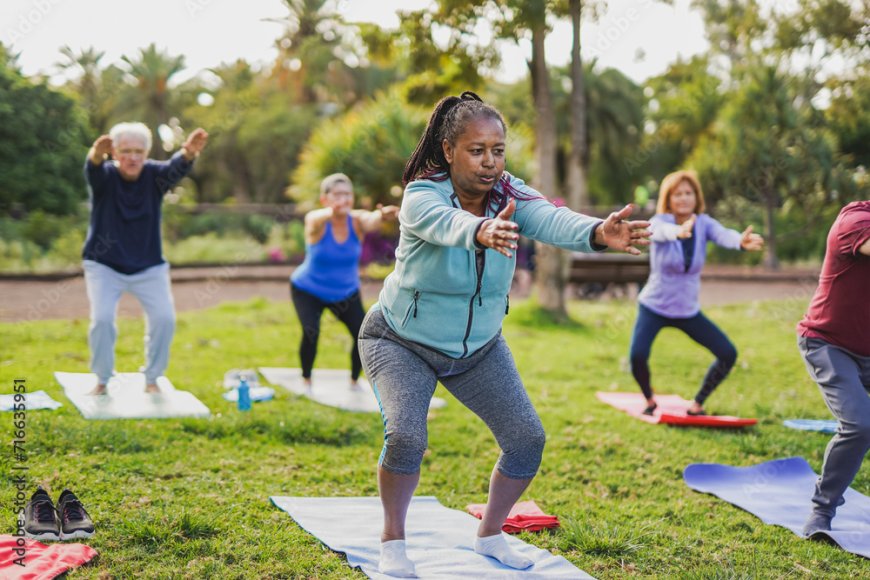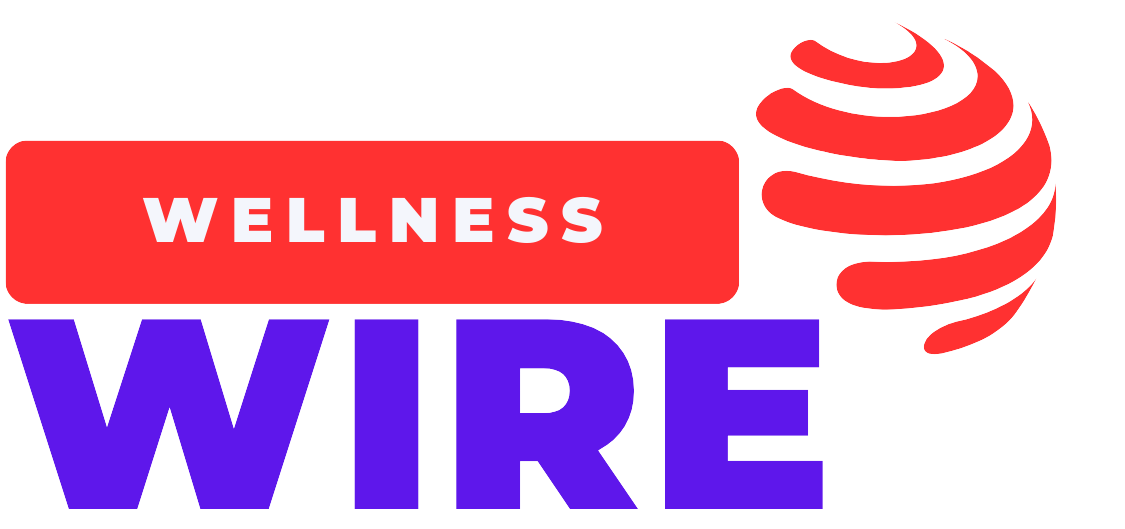Accessible Wellness: Making Health and Self-Care Attainable for Everyone
Discover practical and affordable wellness solutions for all. From budget-friendly fitness to free mental health resources, make wellness accessible to everyone.

Wellness is often portrayed as expensive yoga retreats, boutique fitness classes, and costly organic foods. But true wellness should be accessible to all, not just a privileged few. The idea of accessible wellness is about breaking down barriers—be it financial, physical, or informational—so that everyone, regardless of income, ability, or background, can prioritize their health.
From affordable fitness solutions to free mental health resources, this guide explores how wellness can be made inclusive for everyone. Because taking care of your body and mind should never be a luxury—it’s a right.
Why Accessible Wellness Matters
Many people struggle to maintain a wellness routine due to obstacles such as:
???? High Costs – Gym memberships, organic foods, and wellness retreats can be expensive.
???? Time Constraints – Busy schedules make it difficult to find time for self-care.
???? Limited Access – Rural areas may lack fitness centers, health stores, or mental health services.
???? Physical Barriers – Many wellness programs are not designed for people with disabilities.
???? Lack of Information – Misinformation about health can make wellness seem more complicated than it is.
Wellness should be about inclusivity, affordability, and practicality. Let’s explore how to make it accessible to all.
Affordable and Practical Wellness Solutions
1. Budget-Friendly Fitness Options
???? Free or Low-Cost Alternatives to Gym Memberships:
✔ Bodyweight Workouts at Home – Exercises like squats, push-ups, and yoga require no equipment.
✔ Free Fitness Apps – Apps like FitOn, Nike Training Club, and YouTube workouts provide expert-led training for free.
✔ Community Fitness Groups – Many parks and community centers offer free workout sessions or walking clubs.
✔ Affordable Equipment – Resistance bands, jump ropes, and second-hand dumbbells are cost-effective fitness tools.
???? Accessibility Tip: People with mobility challenges can explore chair-based workouts, resistance band exercises, and low-impact water therapy.
2. Nutritious Eating on a Budget
Healthy eating doesn’t have to mean expensive organic groceries. Smart choices make wellness accessible:
???? Buy Local & Seasonal – Fresh, in-season produce is cheaper and more nutritious.
???? Embrace Staples – Lentils, beans, oats, rice, and frozen vegetables are budget-friendly and nutritious.
???? Meal Prep & Batch Cooking – Prepping meals in advance saves money and prevents unhealthy last-minute choices.
???? Avoid Expensive "Superfoods" – You don’t need fancy powders—common foods like spinach, sweet potatoes, and flaxseeds offer similar benefits at a lower cost.
???? Accessibility Tip: Many food assistance programs and community gardens offer free or low-cost fresh produce for those in need.
3. Mental Wellness Without the High Costs
Mental health should be as accessible as physical health. If therapy feels out of reach, there are alternatives:
???? Meditation & Mindfulness Apps – Insight Timer and Smiling Mind offer free guided sessions.
???? Free Online Therapy Resources – Websites like 7 Cups and Crisis Text Line offer emotional support for free.
???? Podcasts & YouTube – Many licensed therapists share free mental health advice online.
???? Community Support Groups – Free local and online groups provide emotional support and connection.
???? Accessibility Tip: Mental health initiatives for people with disabilities, language barriers, and low-income backgrounds are growing. Look for telehealth options and community-based counseling services.
4. Wellness for People with Disabilities
Wellness is often not designed with accessibility in mind, but it should be. Some ways to ensure inclusivity include:
♿ Adaptive Fitness Programs – Chair yoga, aquatic therapy, and wheelchair-friendly workouts are becoming more common.
???? Accessible Health Information – Wellness content should be available in multiple formats (Braille, audio, simple language).
???? Inclusive Healthcare – More health professionals are being trained to address the specific needs of people with disabilities.
???? Accessibility Tip: Organizations like Special Olympics and Move United provide adaptive sports programs for people of all abilities.
5. Time-Saving Wellness Hacks for Busy Schedules
For those who feel too busy for wellness, small habits make a difference:
⏳ Micro Workouts – Just 5-10 minutes of movement boosts energy and health.
???? Mindful Breathing – A 1-minute deep breathing exercise can reduce stress instantly.
???? Simple Meal Upgrades – Swapping white rice for brown rice or sugary drinks for water makes an impact.
???? Wellness Routines – Setting aside even 10 minutes a day for movement, reflection, or relaxation improves overall well-being.
???? Accessibility Tip: If you’re always on the go, consider audio wellness tools like guided meditations or educational health podcasts.
Breaking the Myth: Wellness Isn’t One-Size-Fits-All
???? "You need expensive products to be healthy." → ✅ No! Basic, whole foods and bodyweight exercises are just as effective.
???? "You need hours every day to stay fit." → ✅ Even 10 minutes a day can make a difference.
???? "Wellness is only for young, able-bodied people." → ✅ Everyone deserves access to health and self-care, regardless of ability, age, or income.
Final Thoughts: Wellness for All
Wellness isn’t about spending money on luxury products—it’s about taking simple, effective steps to improve your health in a way that fits your life. True wellness is about accessibility, inclusivity, and empowerment.
The key is to start where you are, use what you have, and do what you can. Whether it's a quick home workout, a nourishing home-cooked meal, or a five-minute breathing exercise, every effort counts.
???? What does wellness mean to you? Share your thoughts and tips in the comments!
What's Your Reaction?
 Like
0
Like
0
 Dislike
0
Dislike
0
 Love
0
Love
0
 Funny
0
Funny
0
 Angry
0
Angry
0
 Sad
0
Sad
0
 Wow
0
Wow
0



















































